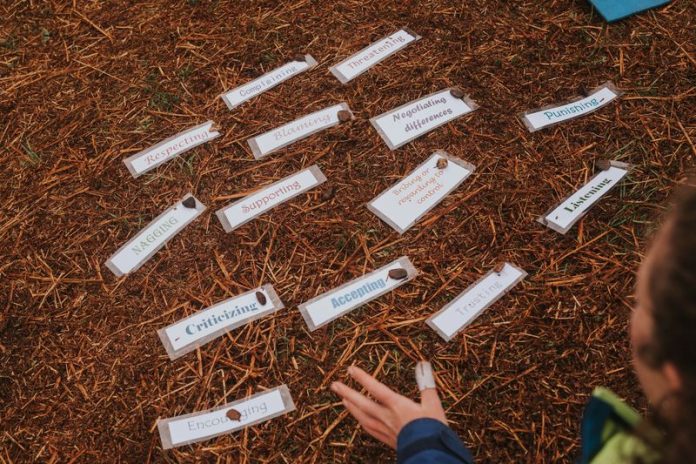Education and training has seen quite a dramatic change this year. Did you have to make major adaptations to the way you deliver and recruit for your programmes? Most likely so. And also quite likely, the biggest change has been to digitalise processes that used to be face-to-face – course delivery, team meetings, recruitment,… Correct again? No wonder, as this is what institutions in formal and informal education report across nearly all age groups and sectors.
So now that the shock and implemented changes have settled in, what do you see? What impact has the shift from face-to-face to remote, screen-based interaction had – on how and what your participants learn, how groups form, who you can access and recruit into your programmes, the financial implications, etc.?
As practitioner and researcher, I advocate the many benefits of live engagement with people and places in an immediate, full sensory surrounding. We are currently evaluating the effects of digitalisation in the outdoor learning project ‘From Outdoors to Labour Market’ (FOLM), funded by the EEA & Norway Grants for Youth Employment. Preliminary data suggests that the cognitive elements of the curriculum can quite easily be transported online, and asynchronous access to resources can even have positive effects for personalisation and accessibility. However, the fundamental personal and social growth that accounts for the depth and longevity of learning is much harder to achieve through screens than through impactful live experiences. We also notice that while it is possible to maintainstrong social bonds through remote communication, it is much harder to establishthem without the face-to-face interactions and shared experiences in a non-digital environment.
So how can the benefits of experiential and outdoor learning be harnessed in the current digital surge and with social distancing?! We are still finding this out, and you can be part of it.
First, here are some questions that might help you to channel the benefits of outdoor experiential learning in your own courses:
- Are there outdoor spaces near your facilities that you could use safely? (e.g. parks, parking lots, lawn, open air seating areas, foot paths)
- What practical tasks could your students do in their home environment?
- Could small numbers or participants meet outside for certain tasks?
- Could you facilitate face-to-face sessions with a small number of participants who then communicate with remote participants as ambassadors?
For a quick guide on taking learning outdoors, see here.
We would equally appreciate your contribution to find out how educational institutions and programmes deal with the current challenges, and what creative solutions are being implemented – indoors, outdoors, digital or not.
Please join this good practice community by sharing your views and experience in this survey. A summary and selected success stories will be presented in the next YEMag issue end of January 2021. The survey will close Dec 23. Please complete it as early as possible. Thank you.
If you have any questions or would like to collaborate on other matters, please contact jule.hildmann@ed.ac.uk.
Dr. (phil.) Jule Hildmann is Senior Research Fellow at The University of Edinburgh, and lead researcher in FOLM.


